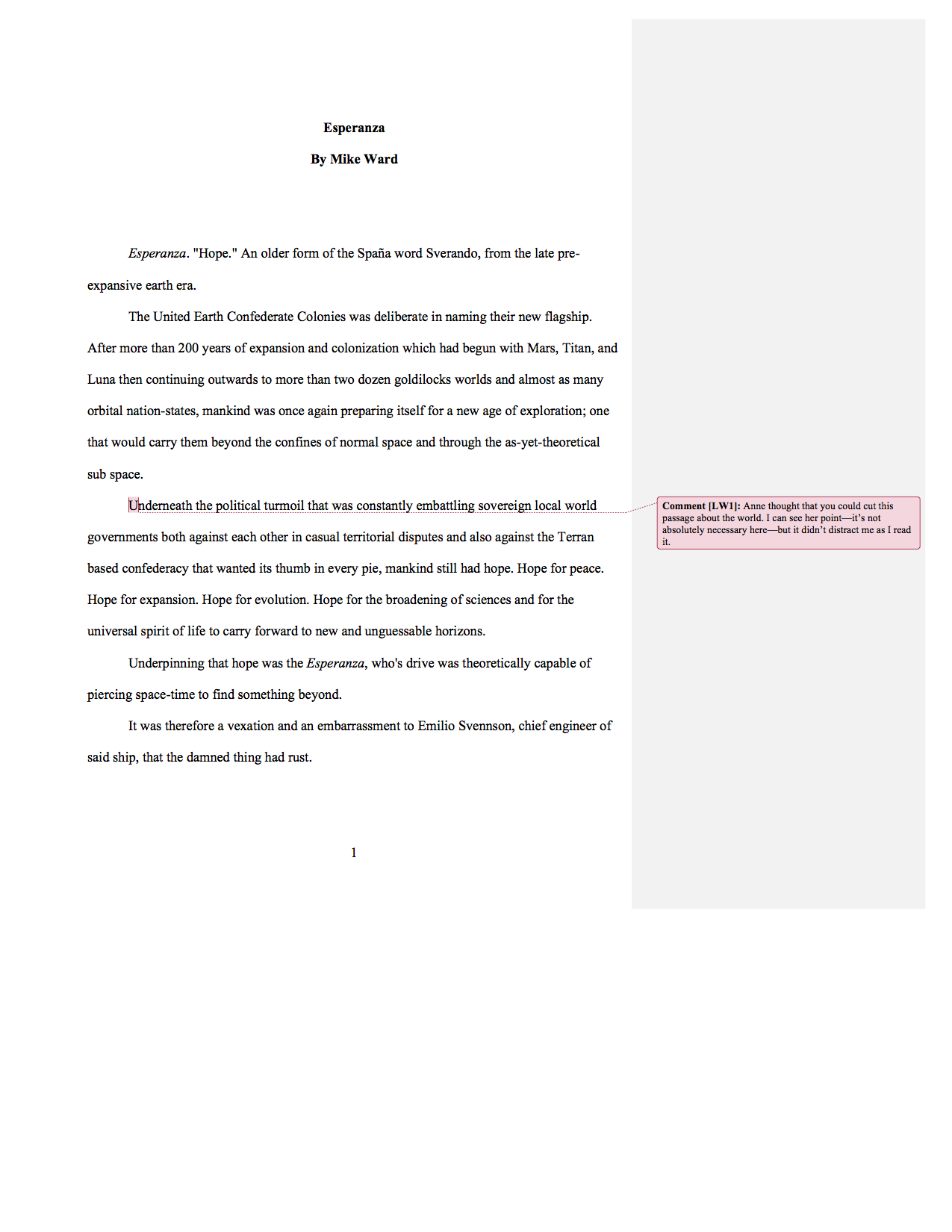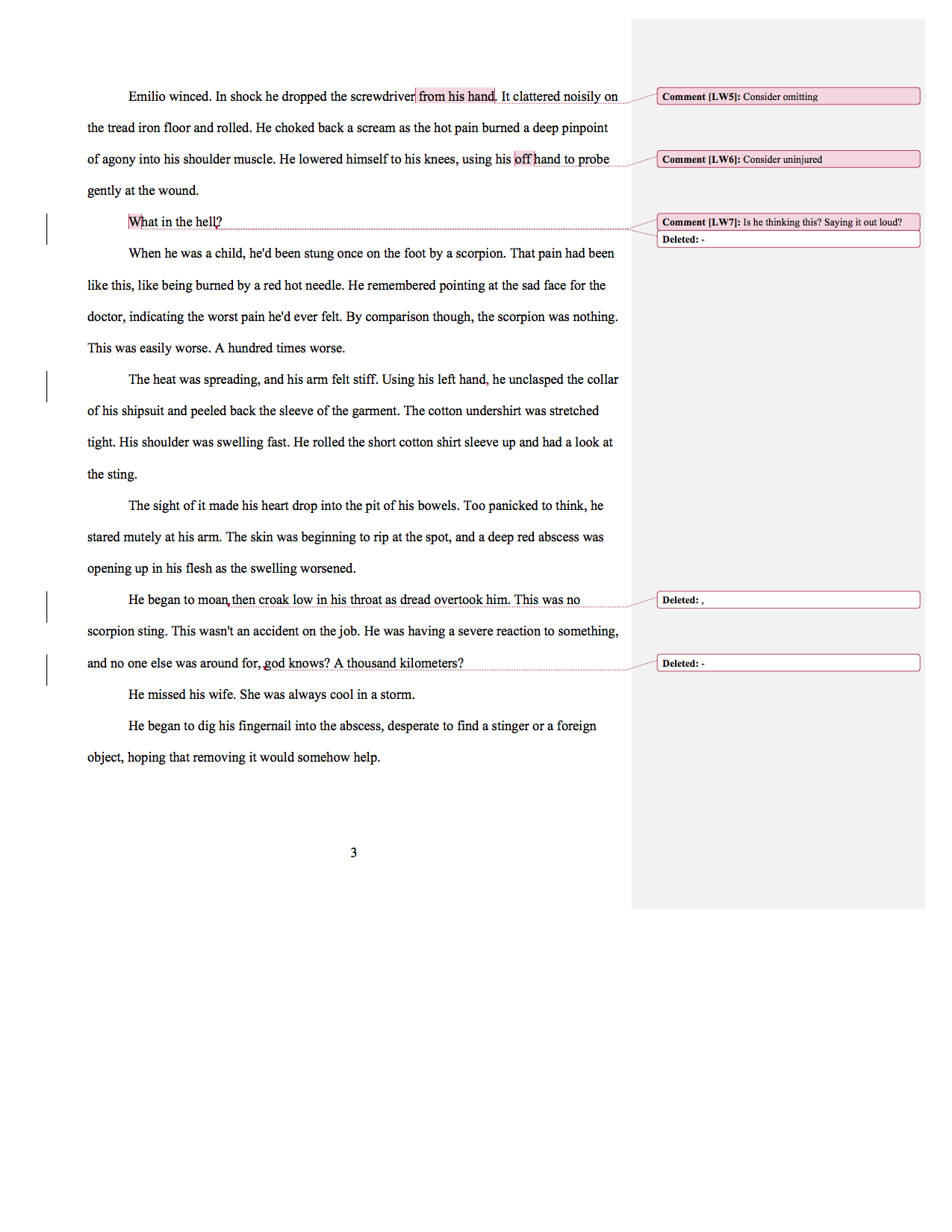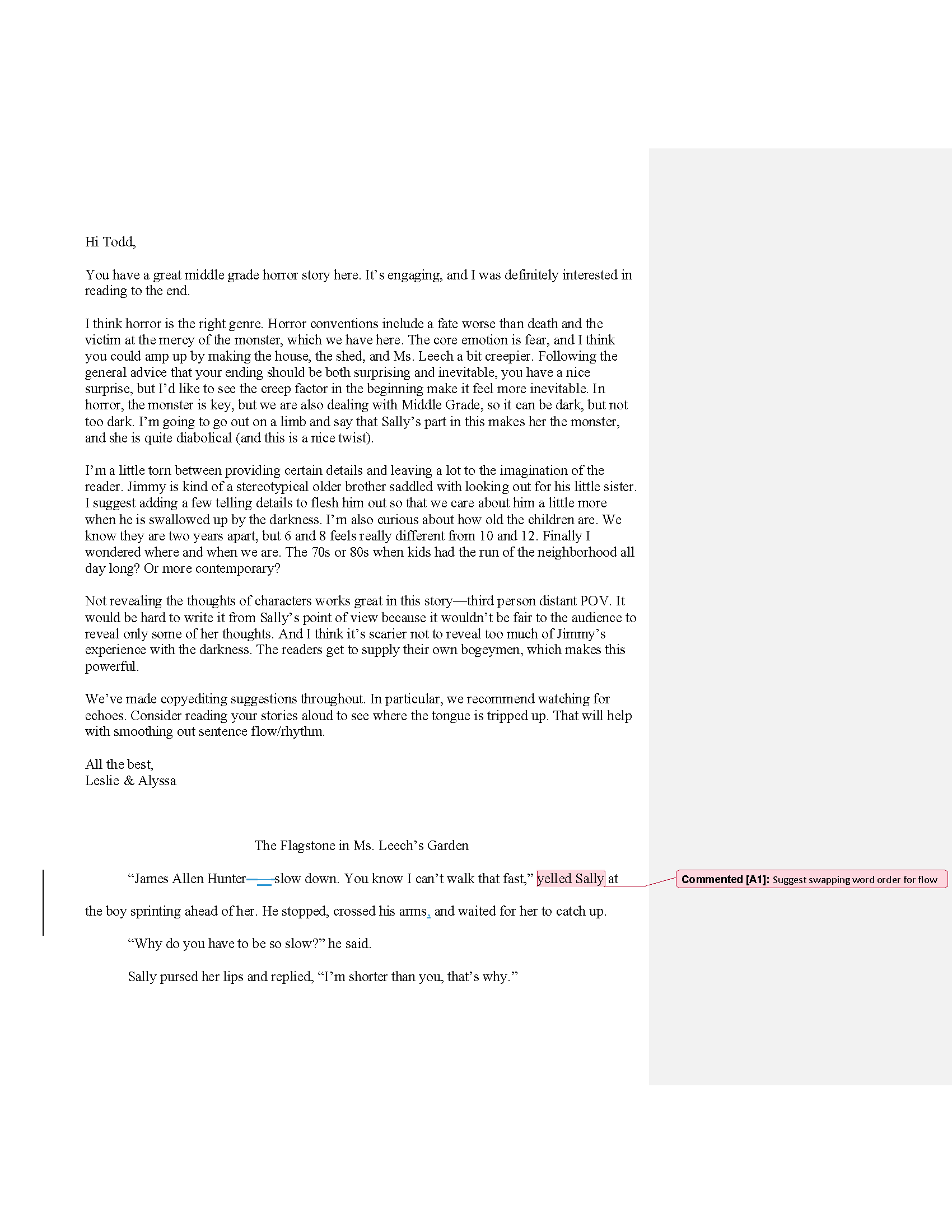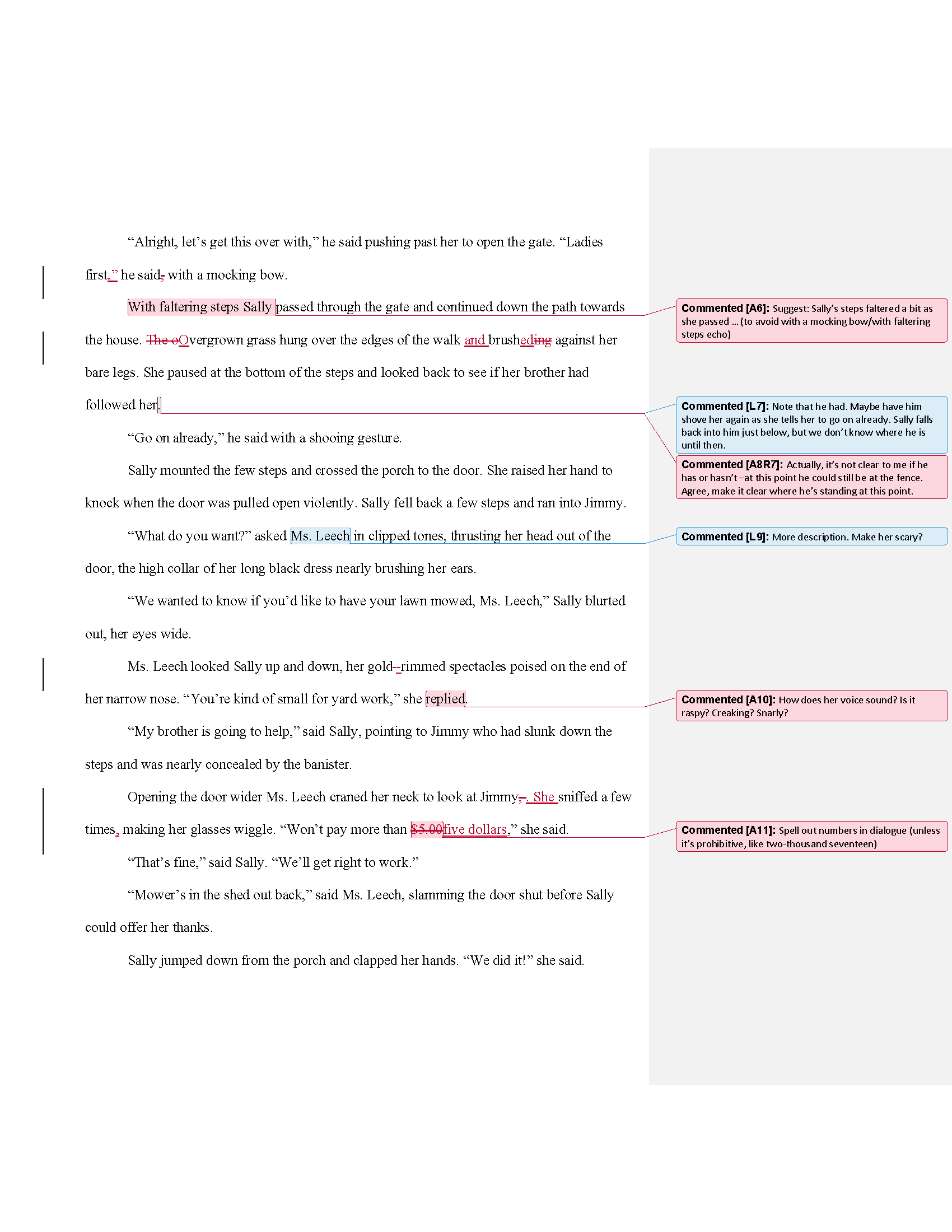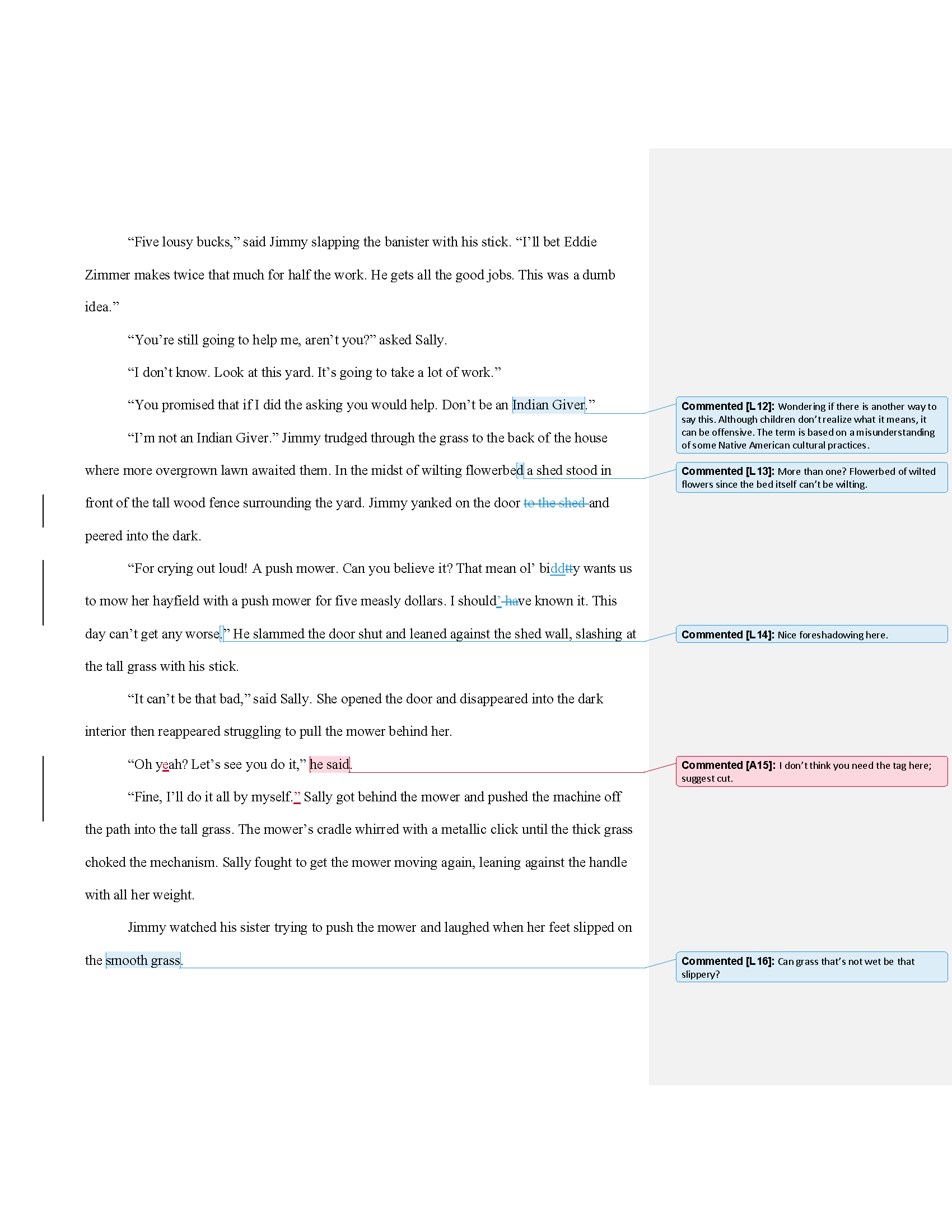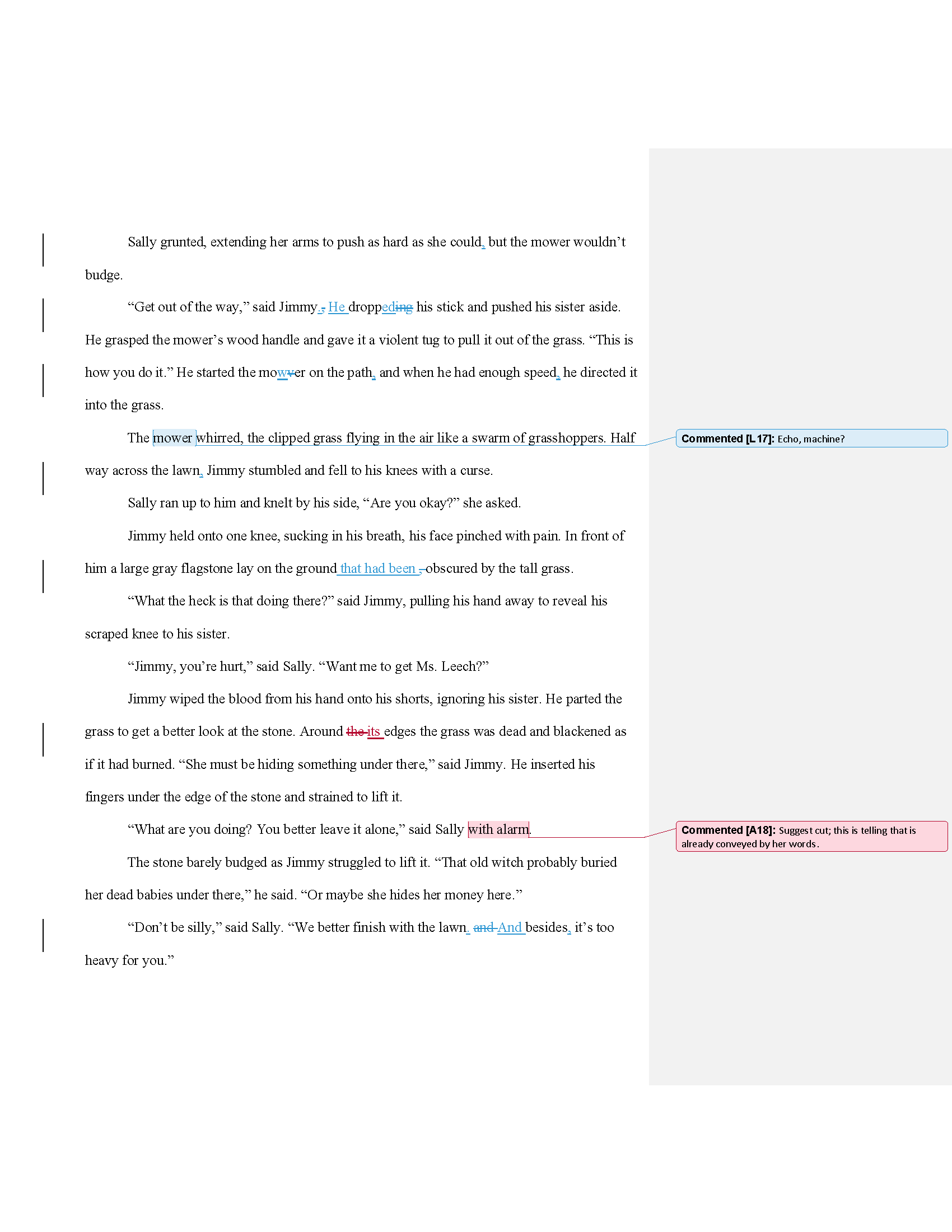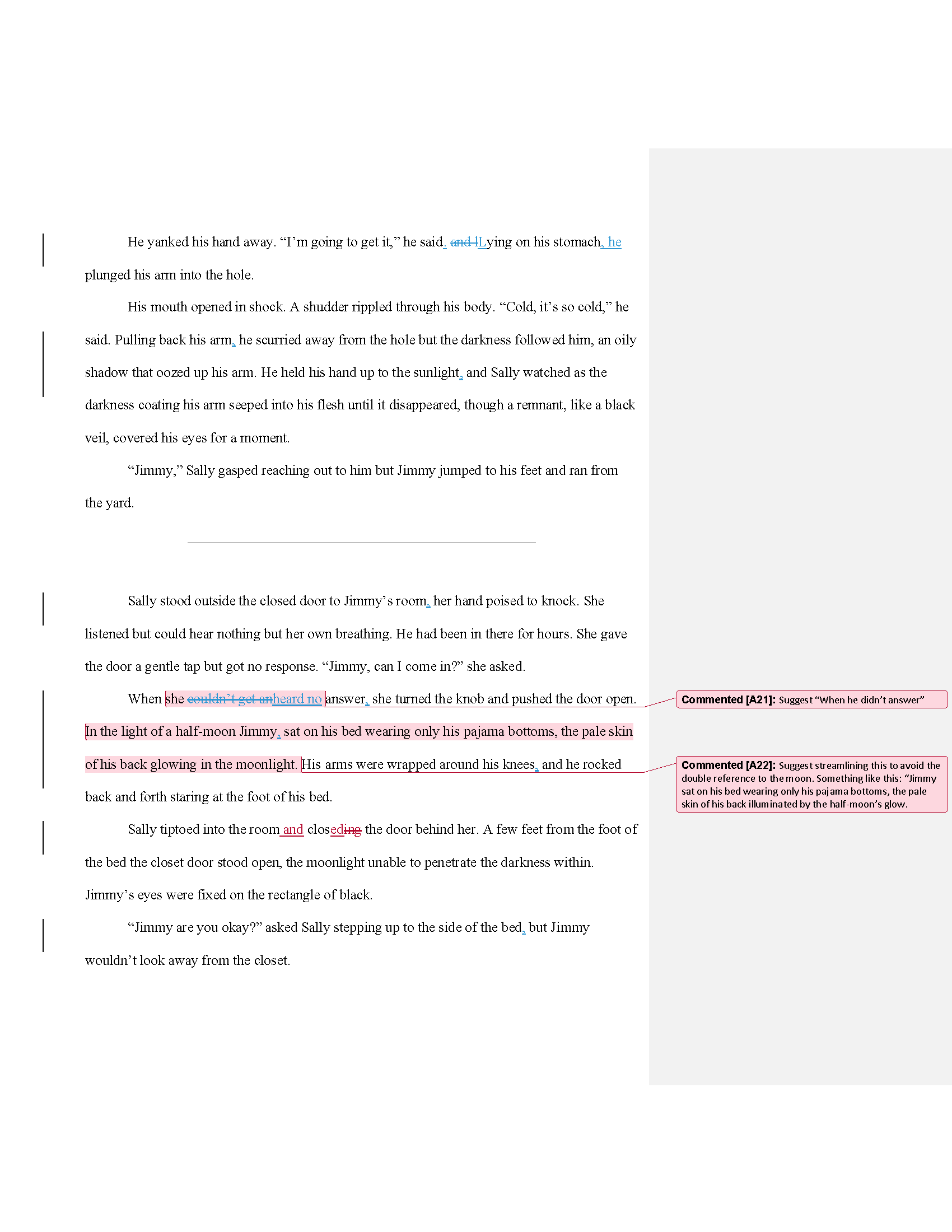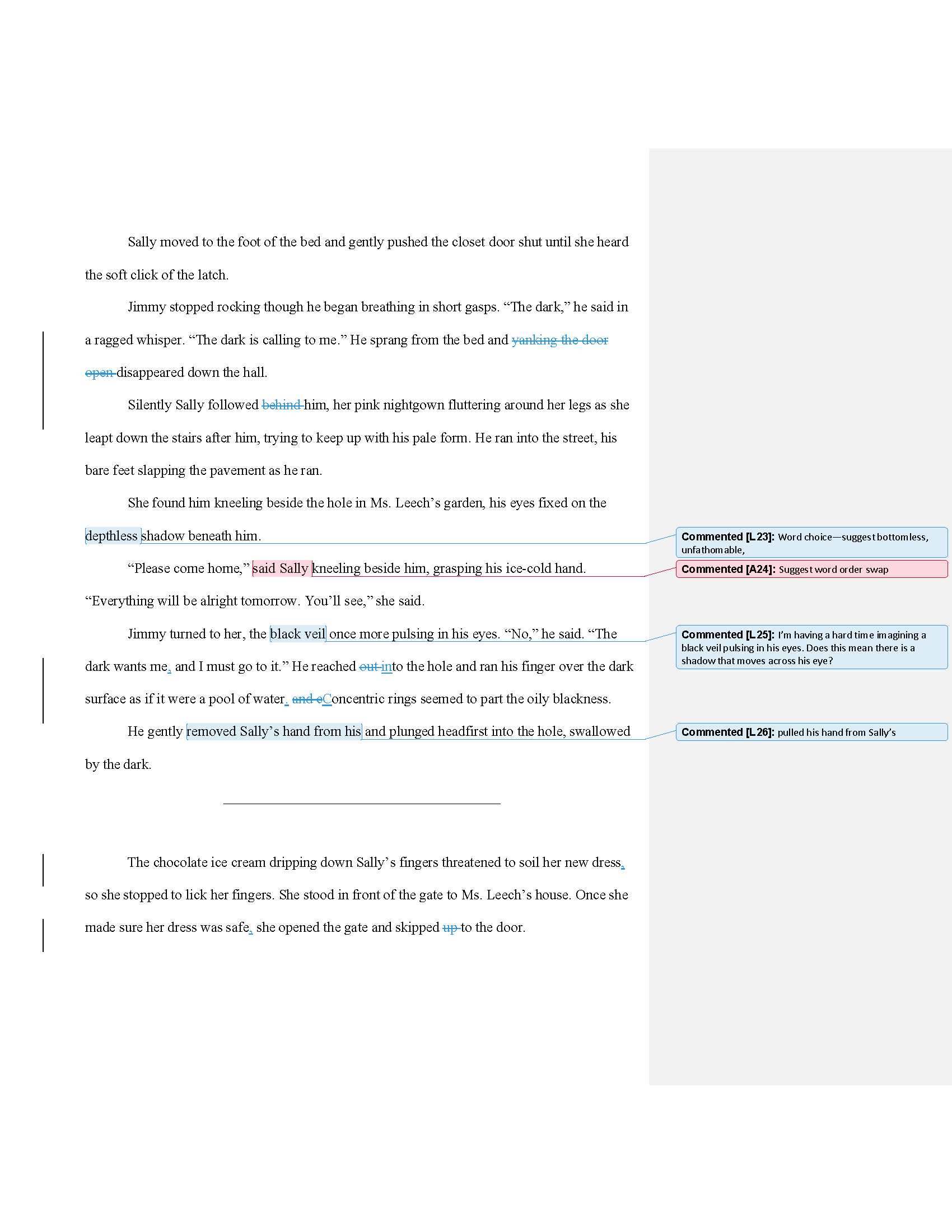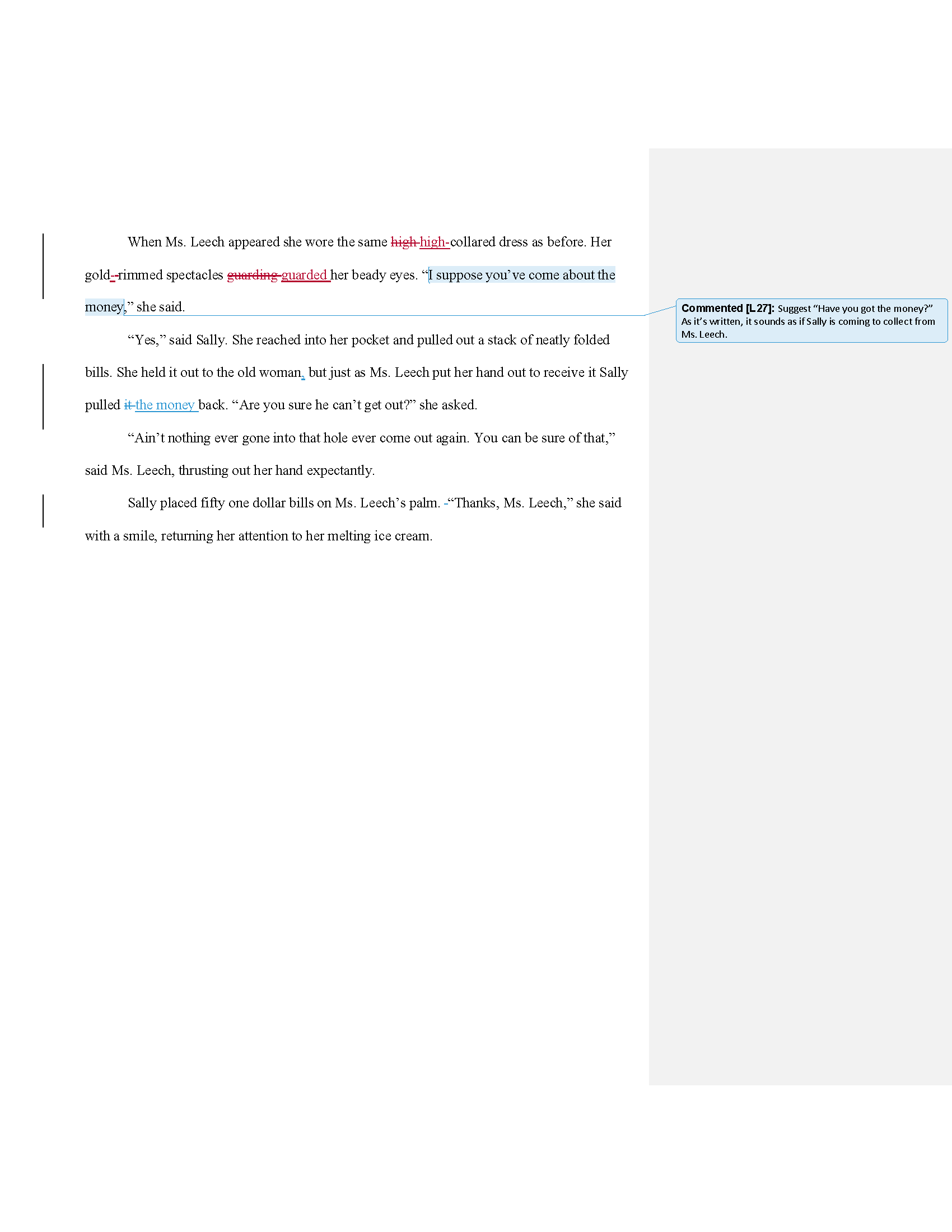Did you know that everything your characters say and do should be consistent with their essential action and conscious object of desire? In this episode, you'll learn what essential and literal action are and how identifying these items in your scenes will help you level-up your stories.
Ep. 108: Narrative Drive—Compelling Your Reader to Turn the Page
In this episode, fiction editors Leslie Watts and Anne Hawley critique the first chapter of Esperanza, a science fiction horror novel by Mike Ward. They discuss narrative drive.
Different people use the term “narrative drive” to mean different things. What we discuss here is the amount of information the reader possesses relative to the character. The reader can have more, less, or the same information the characters in the scene have.
In the opening scene of our submission today, the author gives the reader a key piece of information that the character doesn’t have, and it changes the way we experience the scene and the question that compels us to find out what happens next.
Listen to the Writership Podcast
This week's submission contains mild language and a gory injury.
ABOUT OUR GUEST HOST
Clark is away for a couple of weeks, but our friend and fellow editor, Anne, has graciously agreed to jump in and help out. You may remember Anne from episode 106.
After a career in public service during which she wrote fiction to stay sane, Anne Hawley has turned her talents to writing professionally.
As a founding member of the Super Hardcore Editing Group and a graduate of Shawn Coyne’s Story Grid Workshop, she writes and edits from her small house in Portland, Oregon. When she leaves the house it’s usually on her Dutch bike, Eleanor.
Her forthcoming novel, Restraint, is a sweeping historical love story about a gifted and sexually repressed artist in Regency London. Under the dangerous gaze of high society, he must deny his attraction to the young nobleman who has hired him to paint his portrait, or else risk his livelihood and his reputation by giving in to his secret desires. It's Pride and Prejudice meets Brokeback Mountain in a bittersweet story of two men who fall in love in a time and place where homosexuality is still a capital offense.
Wise Words on Narrative Drive
“Narrative drive is that quality that keeps readers riveted. It is the lightening in a bottle that creates great fortunes. If your work has none … fuhgetaboutit.”
Editorial Mission—Check for Narrative Drive
Take a slow scene in your story, and look for places where you can reveal more, less, the same information as the character to pull the reader forward. Get feedback from beta readers or notice yourself that a scene is slow, not pulling the reader forward.
Editing Advice to Our Author
Dear Mike,
Thank you for your submission. Anne and I both appreciated the way you opened your story. You've done a great job of setting up reader expectations for a horror story. It’s clear right away that we aren’t in a thriller or plain action story because of the circumstances of Emilio’s death—they certainly qualify as horrifying—and his final cogent thoughts are of failing his beloved wife, which for him seems like a fate worse than death.
One of the things we most appreciated about the story was your use of narrative drive. People sometimes use the term to describe different things, but what we mean is what the reader knows relative to what the POV character(s) know. We have three options in this respect: the reader can know less than (mystery), the same as (suspense), or more than (dramatic irony) the POV character in a scene (We’ve used the terms that editor Shawn Coyne uses, but other people describe them with different terms). Authors tend to employ mystery and suspense more often than dramatic irony, so it was exciting to see it employed to great effect in your opening.
Why does this matter so much? One of the reasons a reader continues to read a story is to answer a question raised by the events of the story. The narrative drive technique affects the question(s) the reader asks and therefore the answer(s) they seek.
When you said, “Death, when it came for him, was swift but unmerciful,” you let us know that the question is not if Emilio will die, but when and under what circumstances, and perhaps even why. We might also wonder how unmerciful it will be and how Emilio will meet his death. It’s a completely different inquiry and as readers, we view what happens and the information revealed in a different light and have a different emotional reaction when he dies. This question compels us to keep reading through end of the scene.
We also know that this horrifying spider has laid eggs in the ship thought to be the United Earth Confederate Colonies’ last hope. This question compels us to read further.
The other types of narrative drive are operating in this scene as well. Mysteries include Emilio’s understanding of the political climate and who the major players are. He also knows what happened to his wife and how she lost her mind. As for suspense, we know about the sting as it comes and its effect on Emilio when he does. But the big questions that will cause us to turn the page are most likely those that come as a result of what we know that he does not.
Thanks again for your submission!
All the best,
Leslie
Line Edits for Our Sci-Fi Horror Story
Image courtesy of egal/bigstockphoto.com.
Episode 41: The Flagstone in Ms. Leech's Garden: MG Horror Critique
Episode Description
Leslie & Alyssa critique Todd Gerring’s short middle grade horror story, "The Flagstone in Ms. Leech's Garden." They discuss considerations when writing horror for this audience, 3rd person distant POV, building sympathy for your characters, and tips for copyediting and proofreading.
Listen Now
Show Notes
“Rewriting ripens what you’ve written.”


